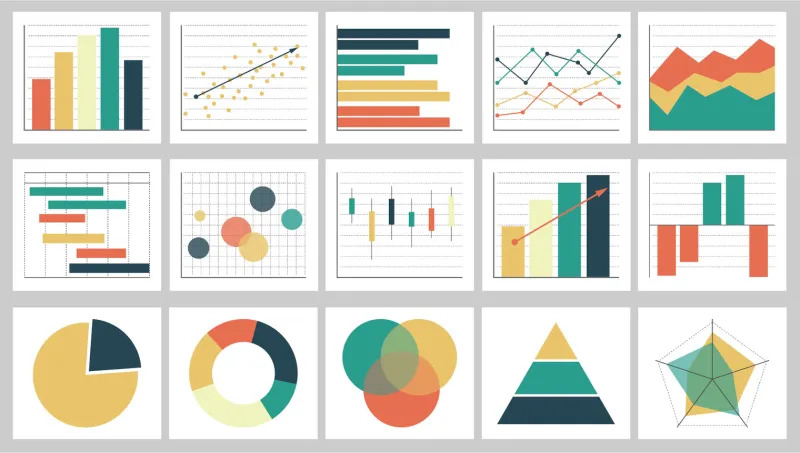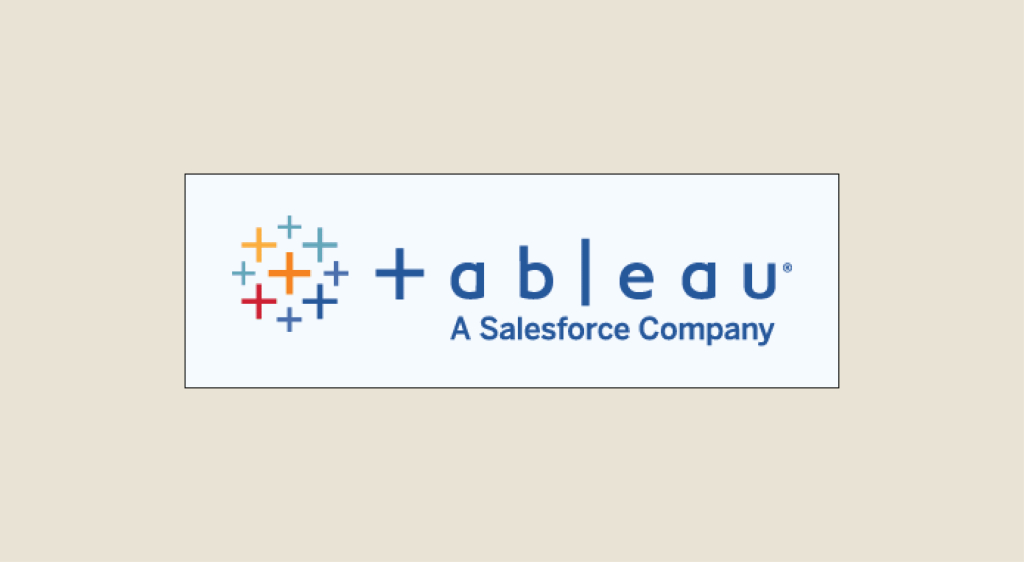Business Intelligence is widely used by companies in all industries, to extract valuable information from data. Among the leading Business Intelligence tools, Tableau is a Data Visualization tool of growing popularity.
What is Tableau?
Tableau is a tool for generating data visualizations. By presenting information in the form of graphs or diagrams, it becomes easier to understand for all corporate teams.
Without the need for IT expertise, everyone can benefit from the advantages of data. Even non-technical users can create customized dashboards.
Data analysis is a breeze with this tool. Visualizations can then be created in the form of dashboards. Tableau’s main functionalities are real-time analysis, data visualization, and collaboration.
Thanks to its accessible and versatile nature, Tableau has won over many companies in all sectors. Today, it is a very popular Business Intelligence software.
Tableau software and tools
Tableau tools fall into two categories: developer tools and sharing tools. The first category is used to develop dashboards, charts, reports, and visualizations. These are Tableau Desktop and Tableau Public.
First of all, Tableau Desktop allow you to code and customize reports. Graphs and reports can be created and combined to form a dashboard. You can also connect Tableau Desktop to a data warehouse for real-time data analysis.
Tableau Desktop software is available in “personal” and “professional” versions. The personal version limits access, and does not allow workbooks to be shared online. The professional version allows workbooks to be published online or on Tableau Server.
The Tableau Public version is more economical. It does not allow workbooks to be saved locally, but only on the public cloud.
Tableau Server software is dedicated to sharing workbooks and visualizations. Once uploaded to the server, the dashboard created with Tableau Desktop is accessible to other users.
The Tableau Online platform enables online sharing. Its functionalities are similar to those of Tableau Server, but data is stored on servers hosted in the Cloud and maintained by the publisher. This platform connects to over 40 data sources, including MySQL, Amazon Aurora, and Spark SQL. Last but not least, the free Tableau Reader tool lets you view visualizations created with Tableau Desktop or Public.
How does Tableau work?
Tableau connects to various sources to extract data. These can be databases, Excel files, PDFs, and much more. Native connectors are ready to use.
Data can be processed life or extracted to the Tableau Desktop engine. The Data Analyst or Data Engineer can then create visualizations from the information. Dashboards are shared as static files, for viewing on Tableau Reader.
Data can also be published on Tableau Server. This platform enables collaboration, distribution, and data governance. Files can be accessed from a PC or mobile device.
Why use Tableau?
There are many reasons to use Tableau, which offers several advantages. First of all, this platform enables you to bring together multiple data sources. With just a few clicks, you can aggregate data from Excel, SQL databases, and Cloud applications like Salesforce.
This software also enables you to perform ETL operations quickly. You can transform data into a specific format, separate and merge fields or even eliminate white spaces. Instead of taking several minutes with a SQL coder, this task takes just a few seconds.
Another highlight is Tableau’s ability to create stunning data visualizations. Reports generated with this tool are visually appealing and offer a clear, comprehensible view of relevant information.

Data analysis functions enable you to explore data very quickly, find answers and ask new questions. In addition, Tableau is very useful for automated reporting. After creating a report, data can be refreshed automatically.
In addition, Tableau lets you control data access, permissions, and dashboards. This ensures security and availability both on-site and in the cloud.
The final advantage of Tableau is a vast community of users around the world, committed to improving the software over time. If you need help or have a problem, you can get it from other users.
Why take a Tableau training course?
As an essential Business Intelligence tool, Tableau is widely used in the corporate world. As a result, experts capable of handling this software are in great demand.
Among the main Business Intelligence tools, Tableau is the most sought-after among job offers posted on Indeed. It outranks Microsoft Power BI, Tibco, SAS Visual Analytics, and Qlik.
Taking a Tableau training course can open many doors for you. Mastering this software can help you in your day-to-day work if you’re already an active professional, and enable you to find a job easily if you’re looking for one or retraining.










